If you looked at that title and thought, “Ewww, that doesn’t sound very classy!” then think again. Cinder blocks are actually incredibly versatile. With a little creativity, they make the perfect foundation for a raised garden bed.
How to Make a Cinder Block Raised Garden Bed
Ah, the good old cinder block. They hold up shaky shelves, serve as the base for many a makeshift dorm room coffee table, and even hold a heavy door open on a cool summer day. Sure, they’re not the prettiest block on the block, but no one can dispute their usefulness!
Put that usefulness to work in your garden by turning them into the foundation for a raised flower bed. Here’s how!
FYI, this post contains affiliate links. If you make a purchase through them, I earn a small commission at no extra charge to you.
Supplies for a Raised Cinder Block Garden Bed
For this DIY lawn and garden craft you’ll need:
- Cinder blocks, obviously. It takes eight for a standard garden bed, but feel free to make your bed as big or small as you want.
- Paint (if you want). Green is a good pick to blend in with your grass.
- Lawn fabric
- Potting soil
- Plants and flowers
How to make it
Step 1- Plan out your garden bed or beds.
Decide if you’re going to go the traditional route and use cinder blocks as a standard raised garden bed.
Another option is to tier them. The first row will be one block high, the second row will be two blocks high and so on. You can also get creative and create your own sculpture and design.
Step 2- Get your cinder blocks
If you don’t happen to have any on hand (oddly, we did), you can find them for sale online, at garage sales, or even recycling centers or construction sites (ask first, though, don’t just take them). Home improvement stores like Lowe’s have them fairly cheap (around $1.50 each), but you’ll likely have to pick them up. Oh, wait, no you don’t! I just checked, apparently you can get them delivered. Wow, who knew? It doesn’t say whether delivery is free, though, so double check before you buy.
Step 3- Decide on paint
If you want to spray paint the cinder blocks then choose your paint and make sure it’s suitable for concrete blocks. You can also leave them in their natural state. This saves a step and an abundance of time and believe it or not, they look quite lovely in their natural state.
If you choose to paint them, green is a good choice. It’ll blend nicely once your plants start growing. Or heck, get crazy and make a pink raised garden bed! Totally up to you!
Step 4- Prep your space
Take a good look at your yard and decide on the perfect space for your garden. Make sure you factor in the types of plants you want to grow. Some need more light than others. We have a lot of trees in our back yard, so we actually have a few raised beds. Some get direct sunlight most of the day, others are shadier.
Make sure that the spot for your cinder block garden is level and weed-free. Put your landscape fabric down first, then arrange your blocks on top of it.
If you want taller raised garden beds, you can stack them two high into a square that is two bricks long and two bricks wide. You’ll need to make sure that you have enough soil to fill the interior of the bed.
Step 5- Fill the bed
Fill the inside of the bed with soil. Also fill the holes in the cinder blocks with soil. You can use this space to plant herbs or even flowers that repel bugs. We have marigolds all over for that purpose. Well, that, and they’re pretty! Once your bed is full of soil you can begin adding your plants.
Whether you choose to paint them or leave them all natural, the good old cinder block deserves a second look as a stylish garden supply.

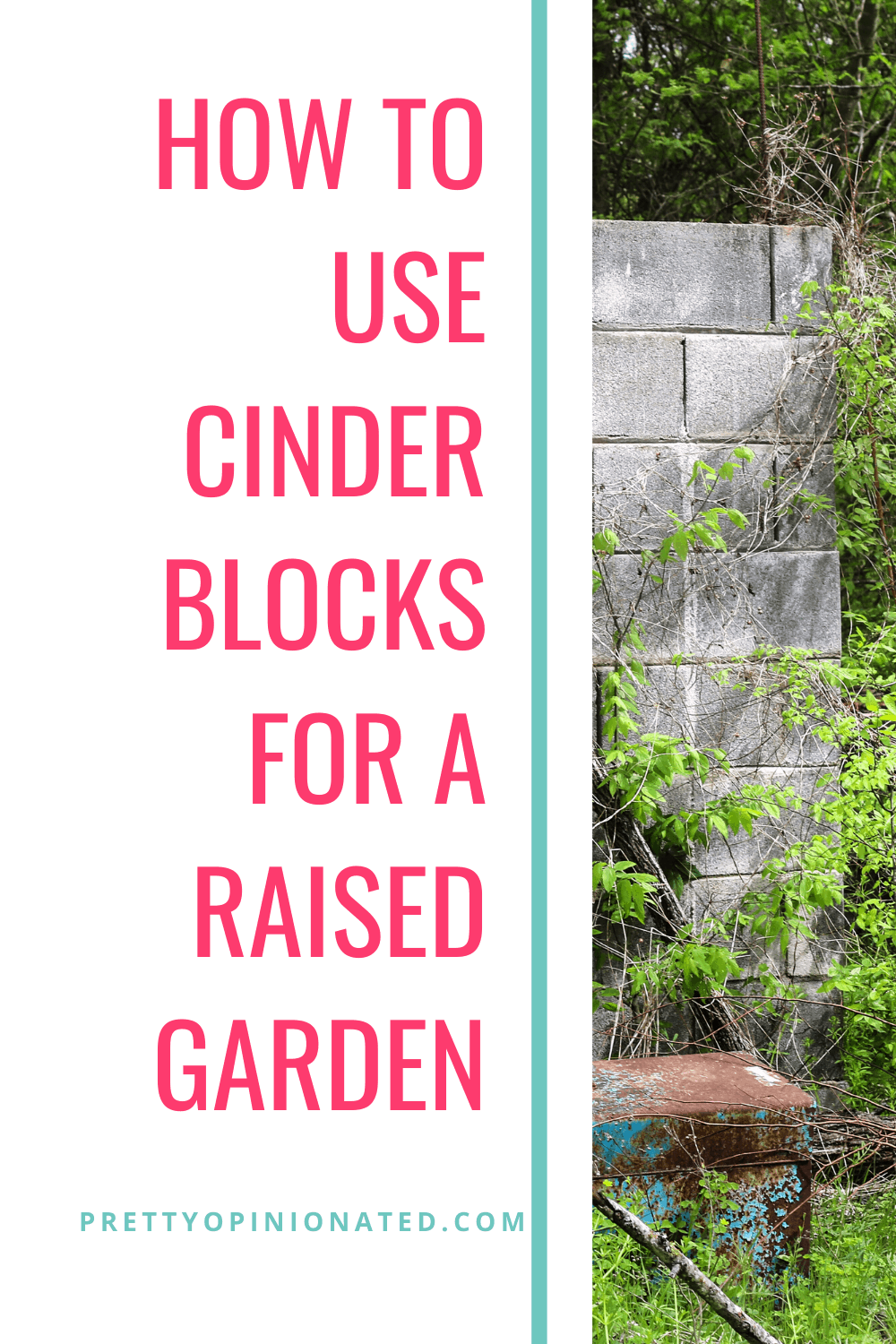
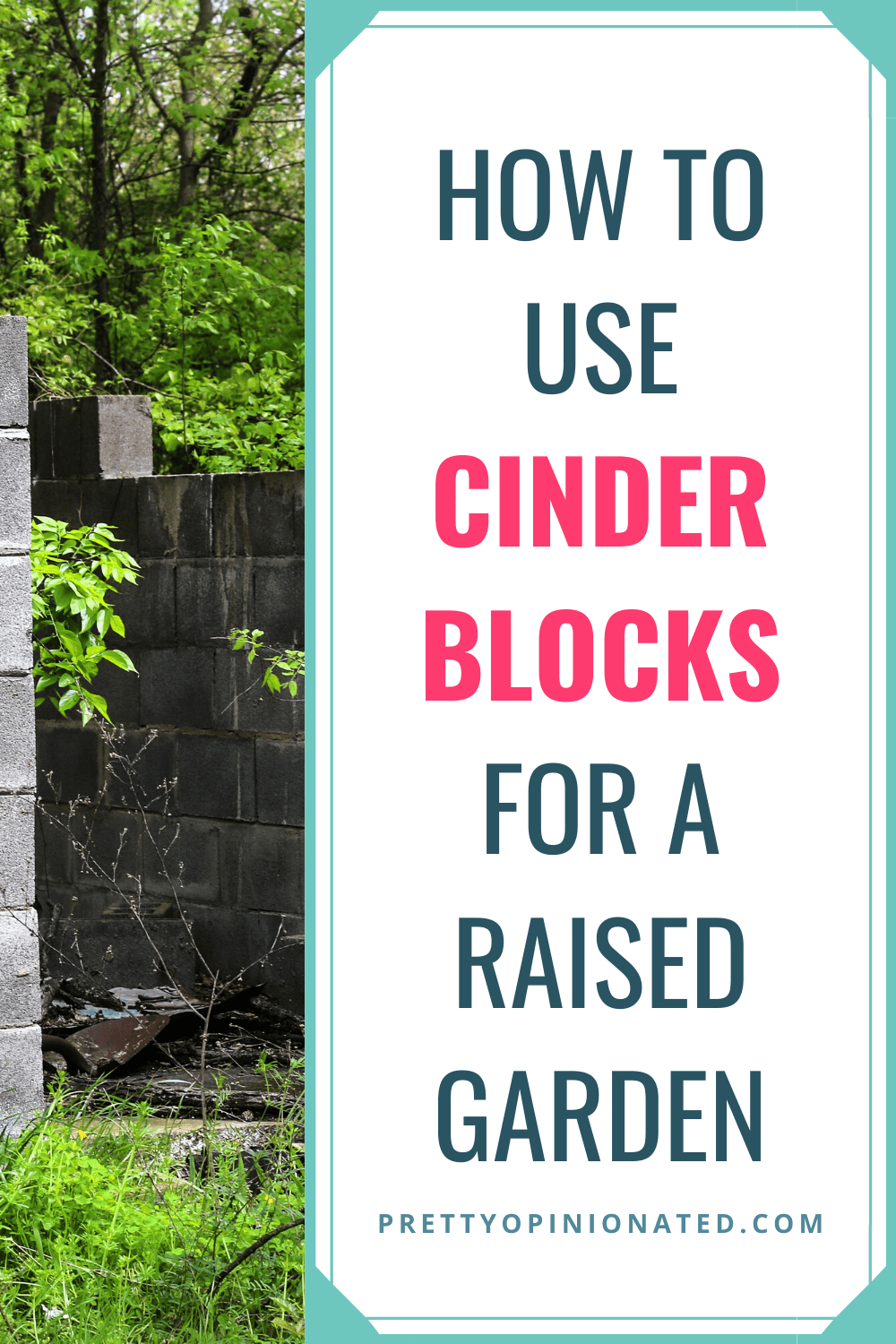
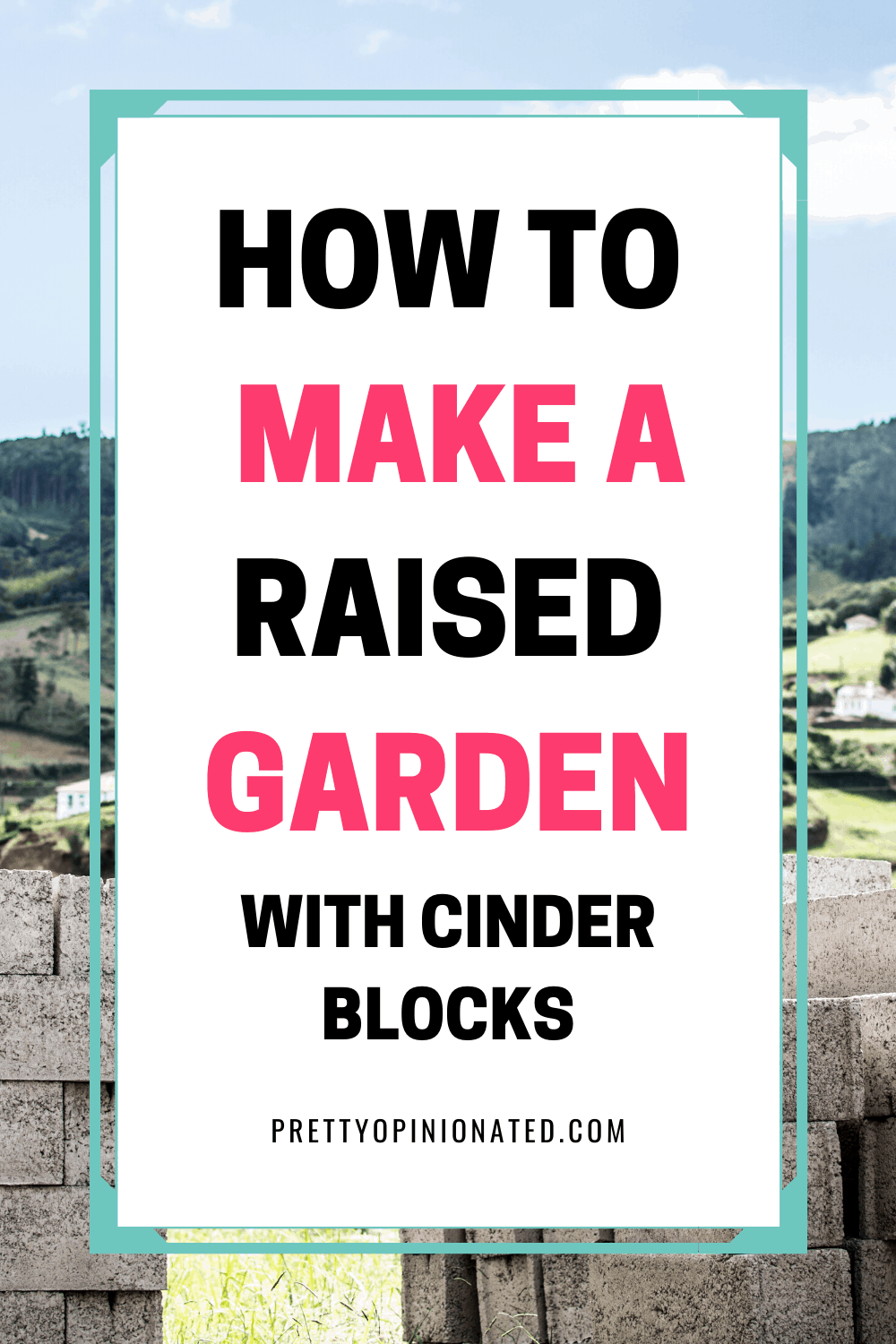
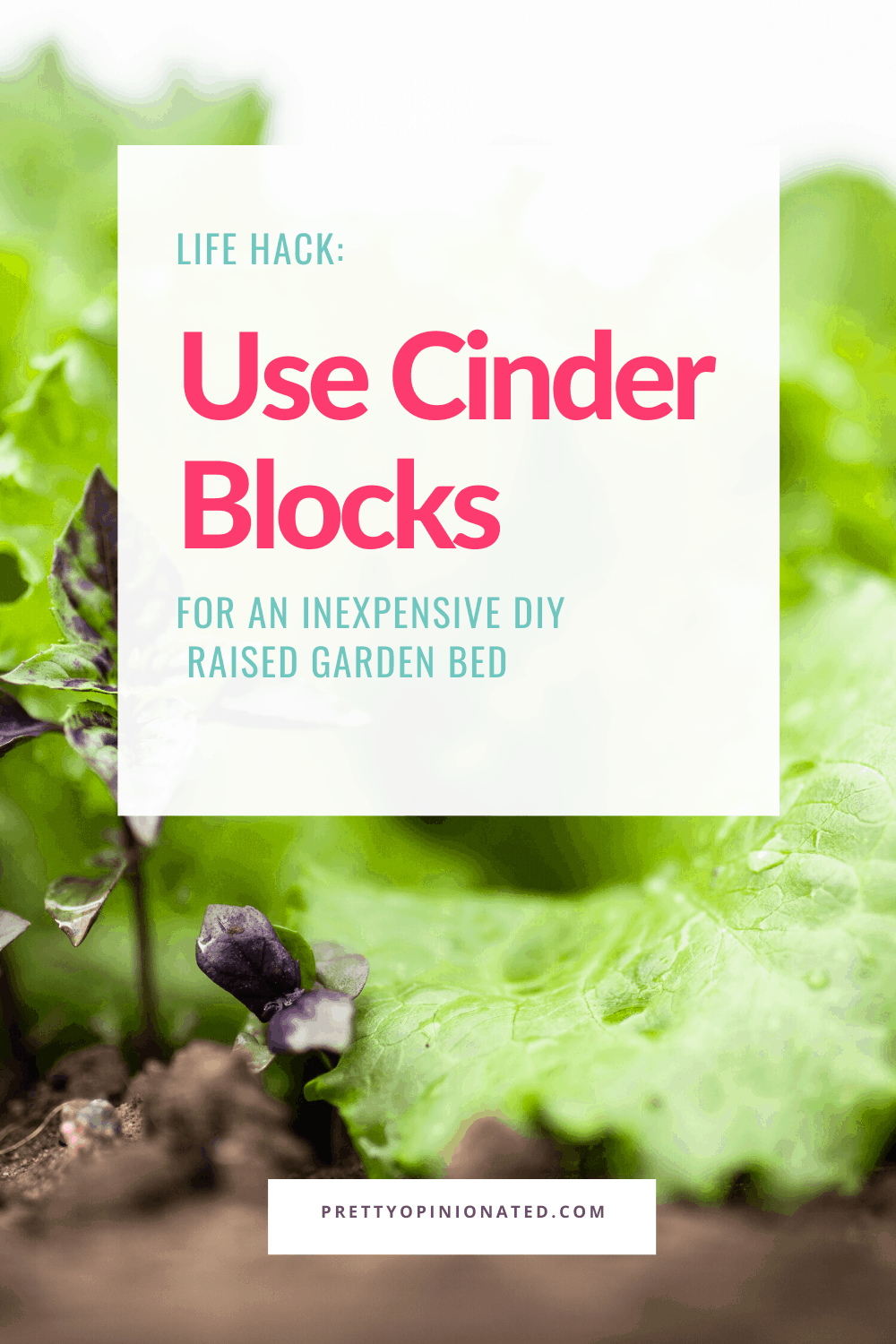
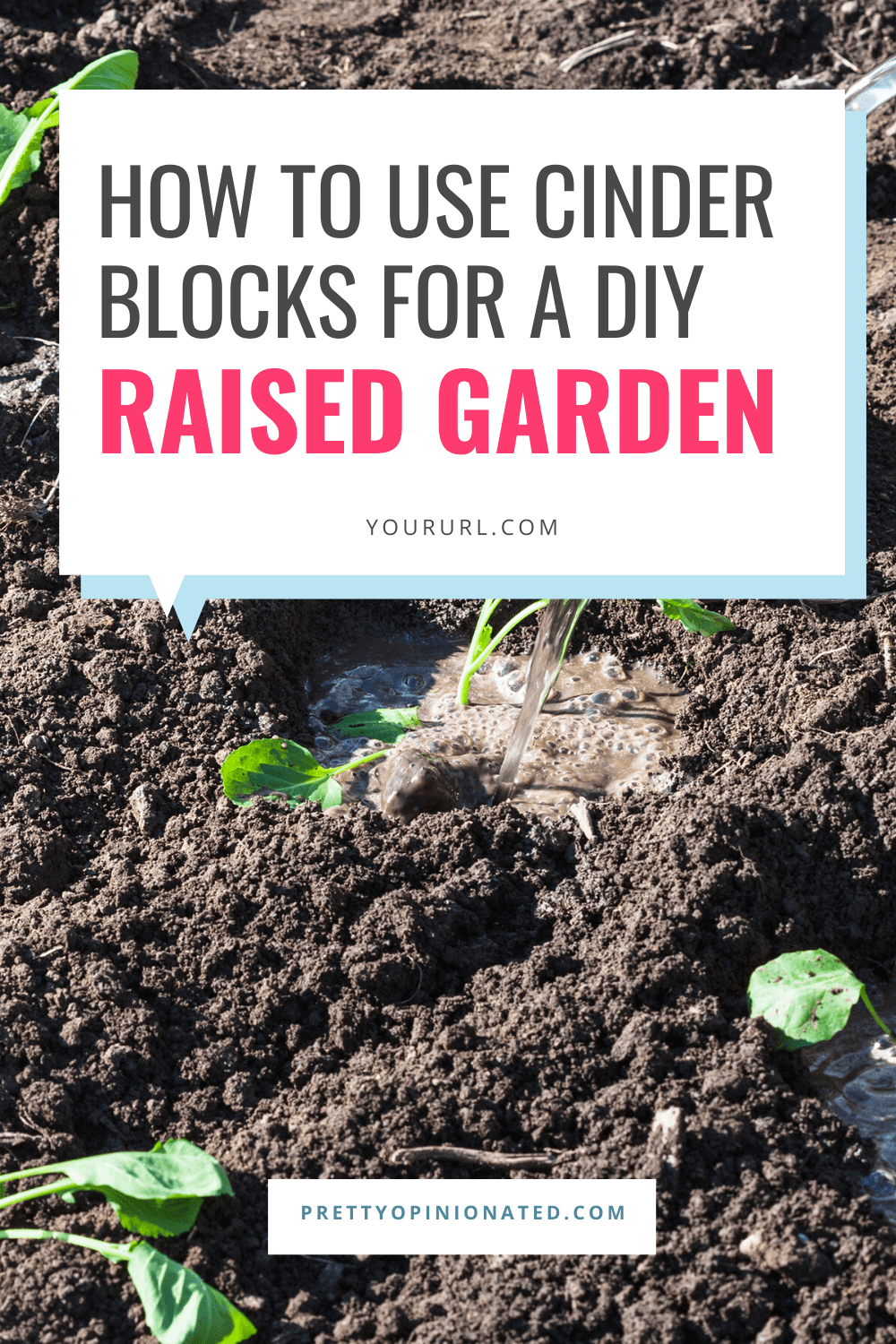
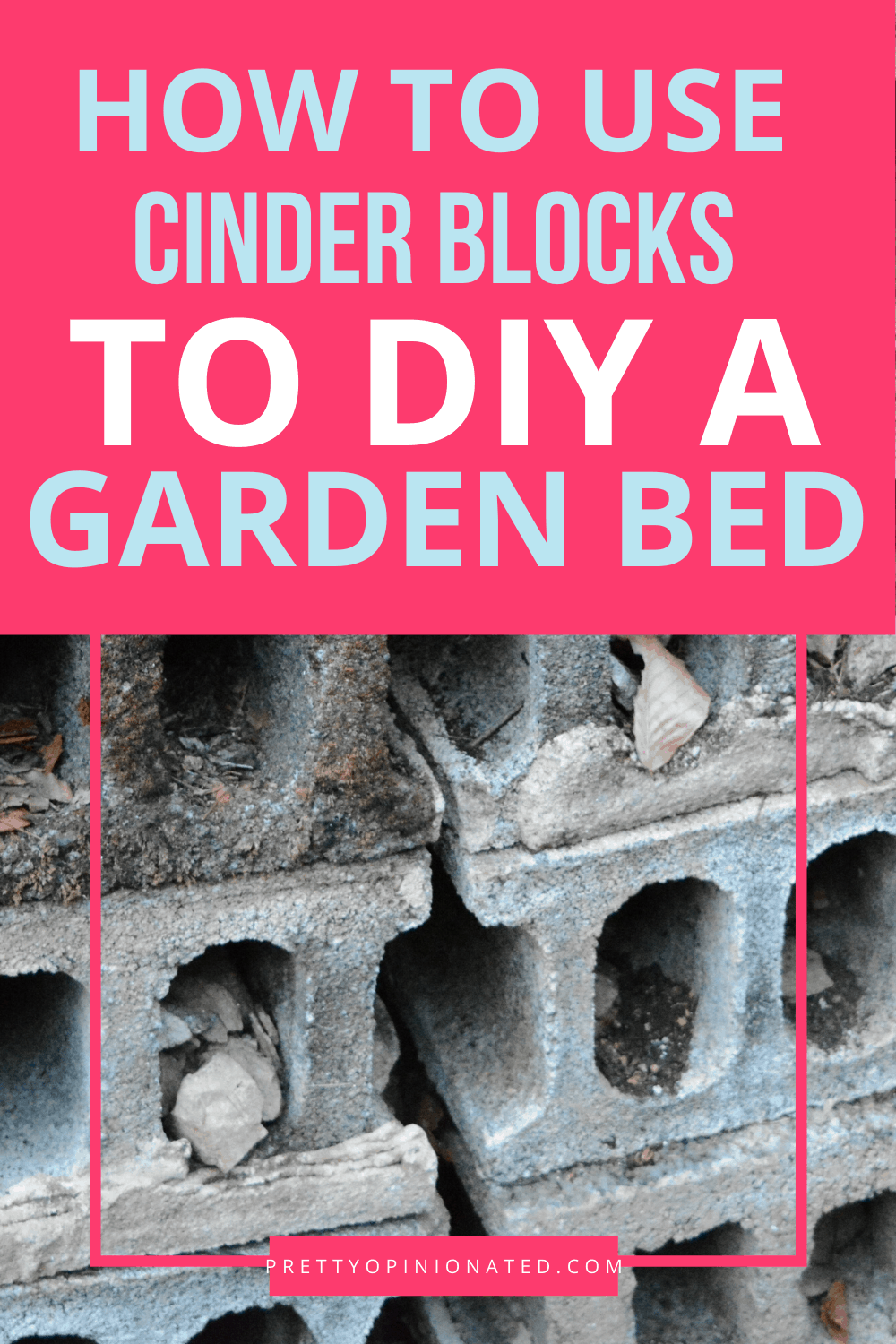
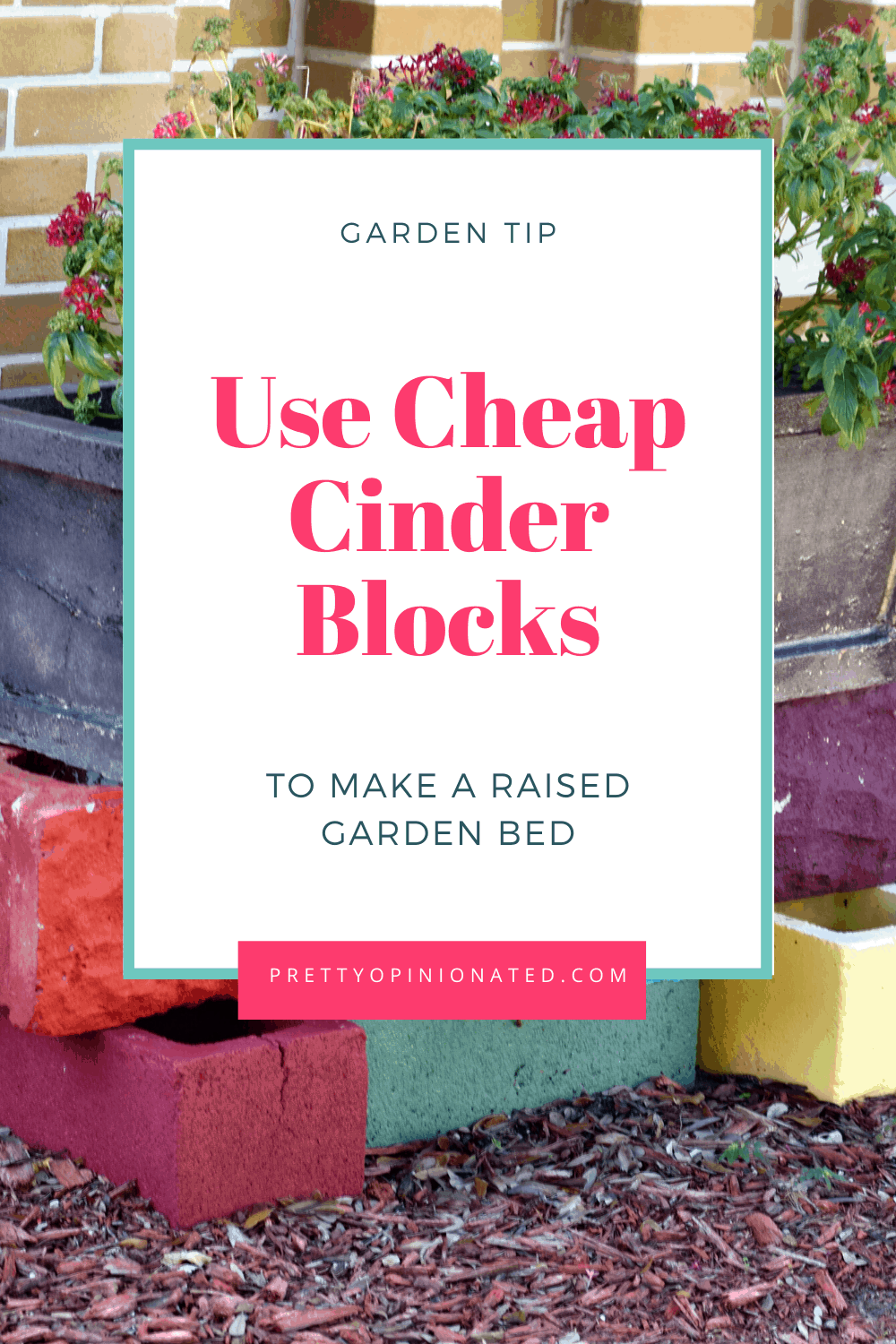
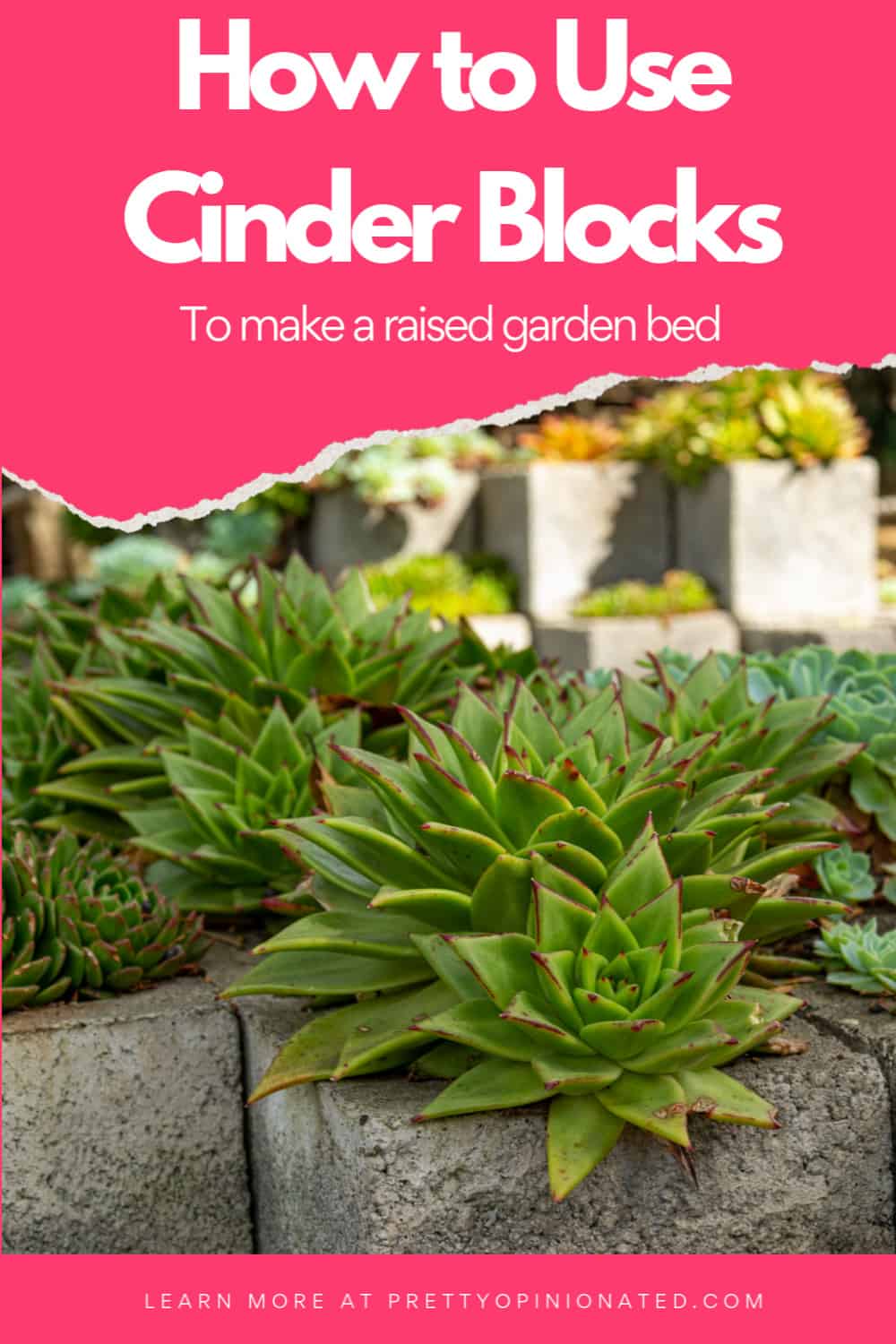
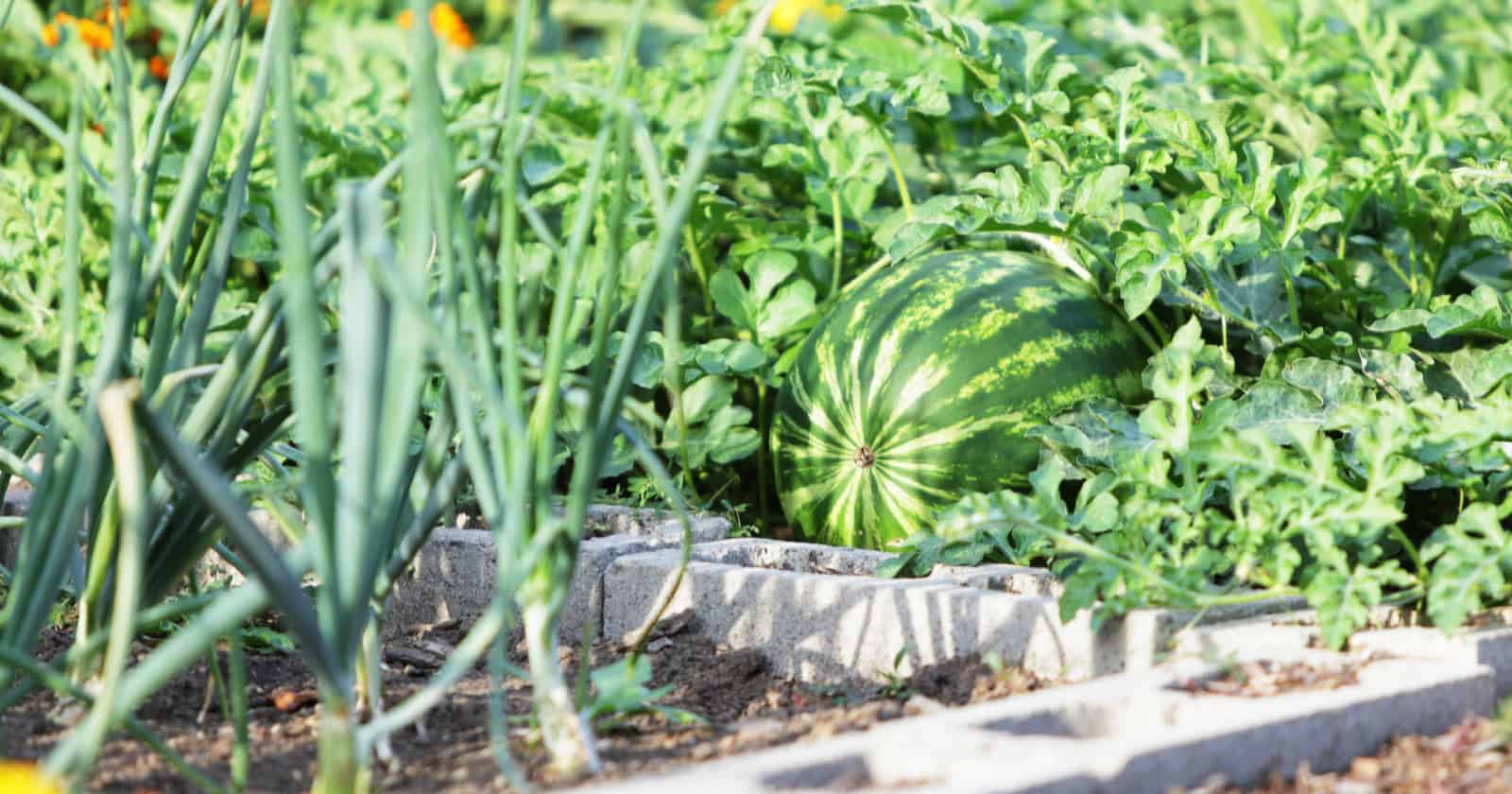


How do you build a cinder raise bed